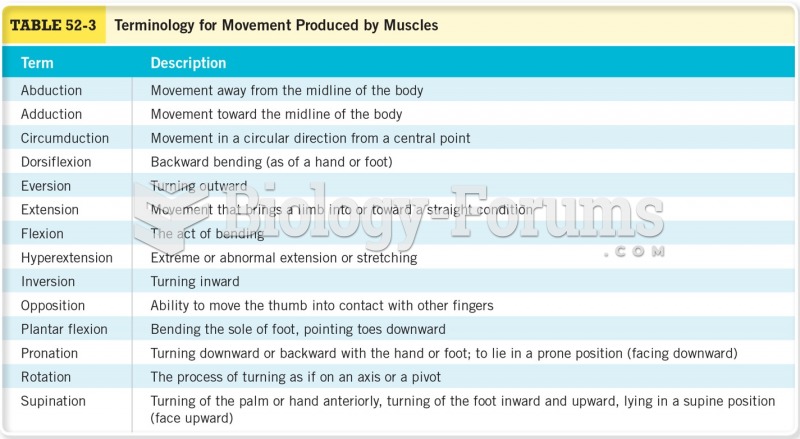|
|
|
Human stomach acid is strong enough to dissolve small pieces of metal such as razor blades or staples.
Aspirin is the most widely used drug in the world. It has even been recognized as such by the Guinness Book of World Records.
Of the estimated 2 million heroin users in the United States, 600,000–800,000 are considered hardcore addicts. Heroin addiction is considered to be one of the hardest addictions to recover from.
Acute bronchitis is an inflammation of the breathing tubes (bronchi), which causes increased mucus production and other changes. It is usually caused by bacteria or viruses, can be serious in people who have pulmonary or cardiac diseases, and can lead to pneumonia.
In 1864, the first barbiturate (barbituric acid) was synthesized.







